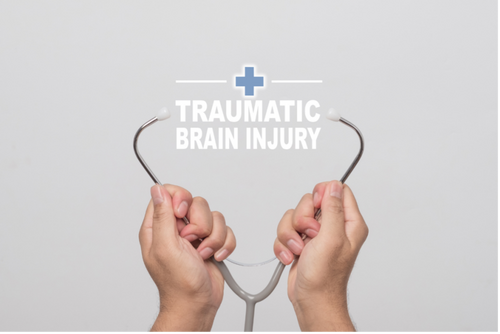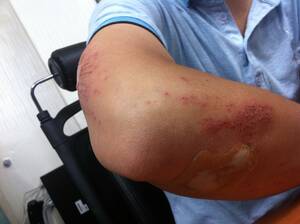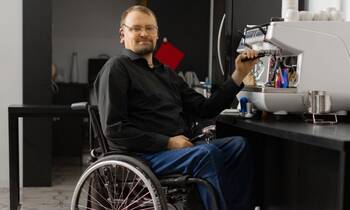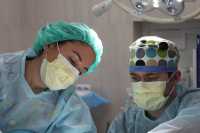MedicalResearch.com Interview with:
Kyle T. Ganson, PhD, MSW
Assistant Professor, Factor-Inwentash Faculty of Social Work
University of Toronto
Toronto, Canada
Jason Nagata, MD, MSc
Assistant Professor of Pediatrics
University of California, San Francisco
San Francisco, California, USA
MedicalResearch.com: What is the background for this study?
Response: A quarter of young adults in the US have reported being unemployed during the COVID-19 pandemic. Young adults may be especially affected by employment loss as they often work in industries most adversely affected by social distancing.
MedicalResearch.com: What are the main findings?
Response: Among a sample of nearly 5,000 young adults age 18 to 26 in the US, we found that since March 2020, young adults who lost their job or were part of a household that experienced employment loss were more likely than those with secure employment to experience four common symptoms of anxiety and depression. This was also true of young adults who expected an employment loss in the next four weeks. The study also found that symptoms of anxiety and depression were common among the sample of young adults. In the seven days prior to the survey, 75% reported being nervous, anxious or on edge, 68% reported not being able to stop or control worrying, 67% reported having little interest or pleasure in doing things, and 64% reported feeling down, depressed, or hopeless.
(more…)




























